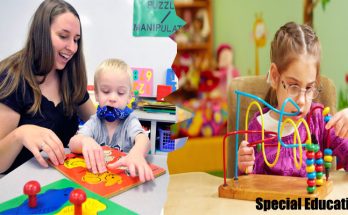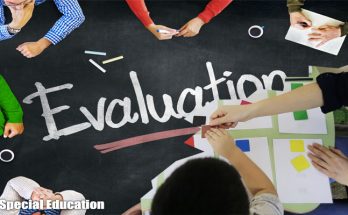Most learning disabled students enter special education, because they are not learning at the same pace as their peers. To be eligible for special services, students take many special tests determined at a preeligibility meeting. The students’ scores must be statistically significant for him/her to be eligible.
Many administrators, psychologists, teachers and “experts” believe that special education students make little, if any, progress from year to year. The unchanging nature of those students is the logic behind administering eligibility (excluding academic) testing every 6 years instead of every 3 years. That is the primary reason given, but another reason is money. Since psychologists or teachers on special assignment (TOSA) are expensive, there is motivation to reduce the demand for their time. Realistically, there is usually no need to continually waste instructional time by having students miss classes to take repetitive tests that essentially mean nothing except determine eligibility.
The academic evaluation tests are what determine whether or not the student is making progress. Usually, professionals are “happy” to see the student make 1-6 months gain over a year. They are happy to see those types of gains because they are typical for learning disabilities students. Unfortunately, most learning disabled students do make those types of gains, with a typical ceiling of progress between 3rd and 4th grade levels of performance.
Having a learning disability does not mean the child can’t or won’t learn. It means that the child learns differently and/or at a different pace from others. Many students’ problems can disappear with specific, direct instruction. This does not mean reading from a script for instructional purposes in a scientifically researched program. It does mean finding ways to teach both the strengths and the weaknesses of the child.
Rarely do educators, either special or general, sufficiently understand learning and developmental theories and practices to impact deviant learners’ instruction. General education teachers are required to teach out of prescribed texts and at a pace allowing them to cover all the content required for that grade/class level. Even more rarely do special education teachers understand the difference between a cognitive delay and an inability to learn content presented in any way.
The shame in education is that assigning a student the label of special education (whatever designation) usually condemns that student to lower expectations (parental and teachers’) and poor quality and pacing of instruction. Students learn to believe those lower expectations, giving excuses that they can’t or are disabled or unable to learn, and perform accordingly. It becomes a self-perpetuating cycle that need not happen.
Poor performances by learning disabled students should not be acceptable to the student, the parents or the teachers. Yes, they will have difficulties learning to read or do math, but that doesn’t mean they can’t or won’t. It does mean it might take them a little longer. It does mean they might need some special interventions or strategies. It does not mean giving up and accepting what has always been because it has always been that way. It does mean finding a better way, a better approach or teacher or materials to be used. It does not mean giving up. It does mean looking for answers. Perhaps you will find them at Parents Teach Kids.






